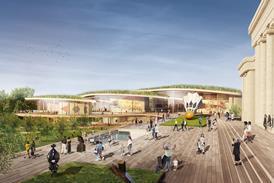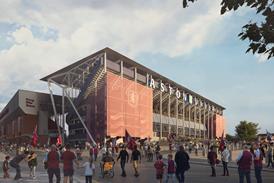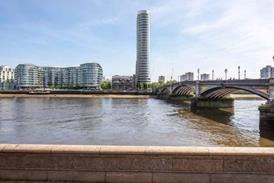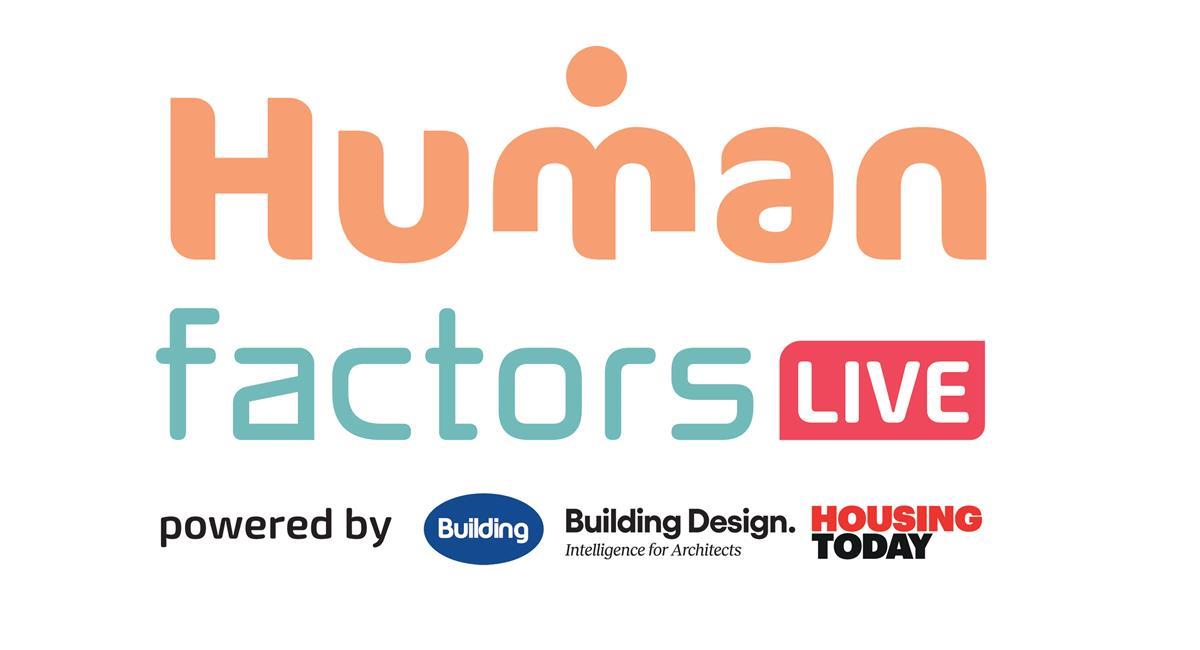Alex Norris says regulatory delays must be brought down but process should ‘feel onerous’
The minister for building safety has said the Building Safety Regulator (BSR) is losing too much time organising inter-organisation teams to conduct its work.
Alex Norris was questioned on the performance of the regulator in the House of Commons by the housing, communities and local government committee.

Mace chief executive Mark Reynolds has previously told the committee that the regulator is taking up to 11 months to sign off on the safety of housing schemes, with delays in the Gateway 2 process becoming an increasing source of frustration for developers.
The Building Safety Regulator has said that only “a handful of very complex cases” have taken 11 months and that the processing time for new complex, high-risk building projects under Gateway 2 had decreased to an average of roughly four months.
Questioned on this by the committee, Norris agreed that “we cannot have this component of that process take a year” but said that “the trajectory is getting better than that”.
> Also read: What the delays at the Building Safety Regulator mean for high-rise development
He said that part of the problem was the amount of time lost in establishing teams to work on applications for approval.
“Of the time they have available, they often lose about half of it in the establishment of multidisciplinary teams— that is, getting together their people, the council’s people and the fire and rescue people,” said Norris. “We have got to concertina that down.”
The BSR told Housing Today that it multi-disciplinary teams were used to discharge regulatory functions and are set up “for specific regulatory activities for specific buildings, as needed”.
These teams typically consist of Registered Building Inspectors, Fire and Rescue Service personnel and other specialist skills.
“The logistical organisation of three organisations setting up resources, and in a market whereby the resources are tight, simply takes time,” a spokesperson said.
However, the regulator gave an alternative explanation for delays in the approval process, explaining that the ”main driver for longer handling times now is the very high volume of further information requests because applicants are not submitting good, quality applications”.
It also said that “a backlog of complex in-flight higher risk projects” had come to the regulator after the collapse of private registered building control approver AIS Surveyors Ltd.
Nonetheless, the BSR said it was “looking at how it resources the multidisciplinary teams that assess applications to enable these teams to be stood up more quickly”.
The regulator has received additional funding from MHCLG this year to improve its infrastructure, training and processes.
Norris also told the committee that the regulator needed to look at areas where efficiencies could be found, giving the example of multi-site developments that cover a single area.
> Also read: Fewer than one in four high-rise resi projects have received gateway 3 final safety stage sign-off
“If you are going to have a multi-site development in the same area, there is also a question about whether having a multidisciplinary team for each building is an effective process,” he said.
“Could we be more joined up there—having each building looked at on its merits, but one team doing that? I think there is scope for that.
“At significant points in the chain, there are really important operational things that could be done better.”
However he stressed that the process did “have to feel onerous” because it is “a real check and balance”.
Norris also revealed to the committee that the establishment of a panel to assess proposals to reform building control, a recommendation of the Grenfell Inquiry report, was imminent, with Dame Judith Hackitt picked as chair.
He said the department had “largely asked Judith to convene her own team”.
















No comments yet